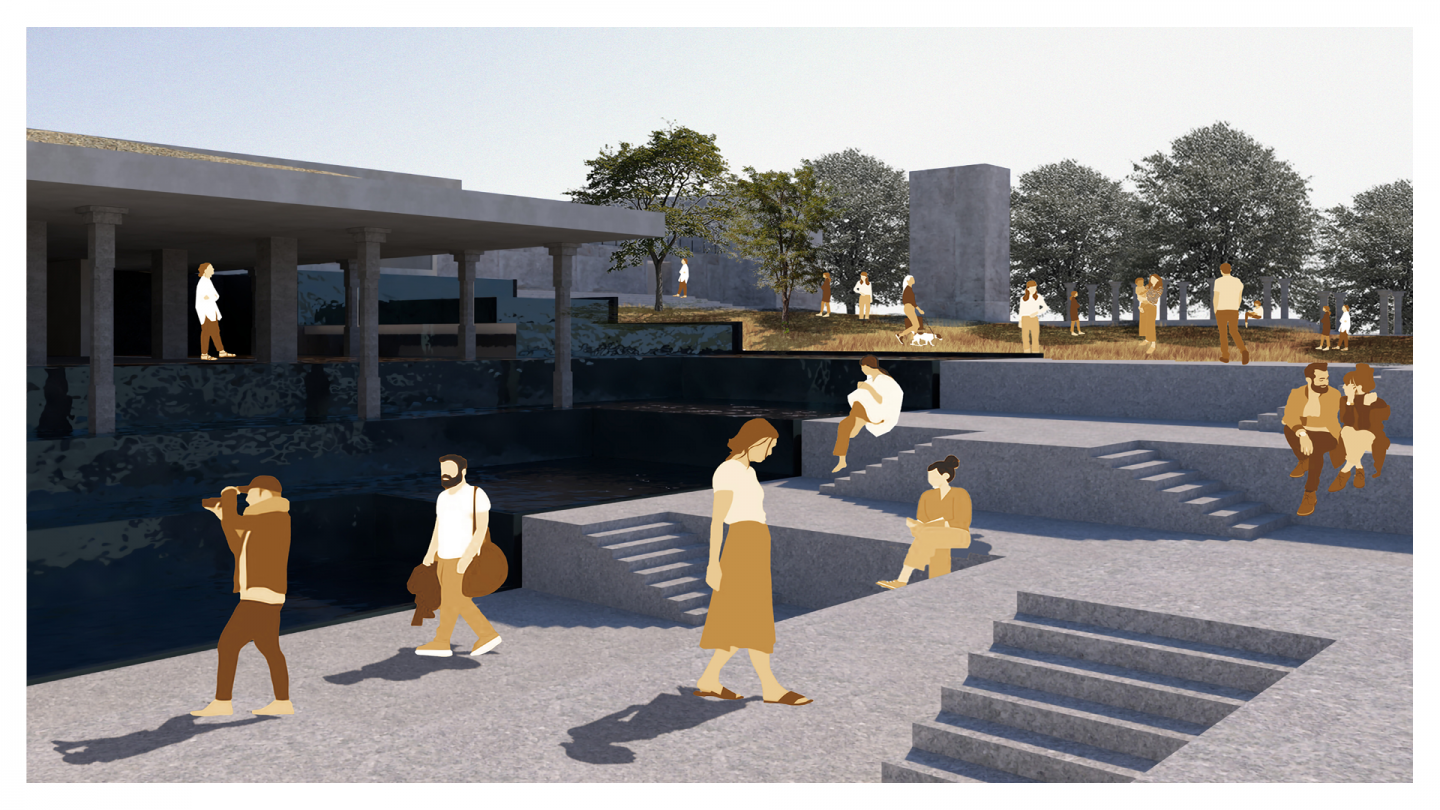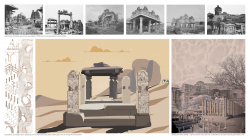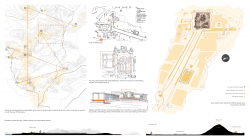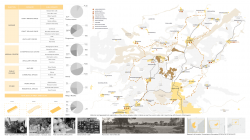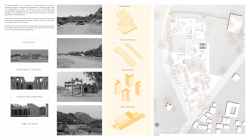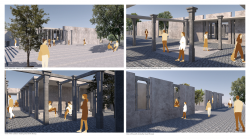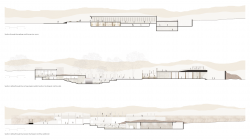Any individual’s life is a series of experiences. The most striking or prominent moments of those experiences are the things we remember. These are the instances that get filed in our minds as memories. Memories themselves are the act of remembering and recalling.
Memories can be of many sorts. An individual’s memory differs from that of a collective memory of a group. There are different ways to remember. Some things we remember by touch (muscle memory), some by smell, sound or the other senses. Sometimes the familiarity of a situation may bring back memories one may or may not have experienced first hand.
The idea of memory is an innate quality embedded in all aspects of life and more so in architecture. Mankind has been known to commemorate and celebrate every significant event in time. A sequence of these events is what makes up history. The most common way, in which this has been done is through monuments. Monuments are any objects or ideas that extend the life of the memory beyond the life of those who remember it.
These are designed to persist. However, these are not the only markers of time that exist. There are other tangible and intangible places, things and ideas that unwittingly become monuments. Those which were never meant to be created. These are places that have been valued because of their identity and purpose. These can be described as the unintentional monuments.
‘Both intentional and unintentional monuments are characterized by commemorative value and in both instances, we are interested in their original, uncorrupted appearance as they emerged from the hands of their maker and to which we seek by whatever means to restore them. In the case of the intentional monument, it’s commemorative value has been determined by the makers, while we have defined the value of the unintentional ones.’
The modern cult of monuments: It’s character and origin, Alois Reigl (1903)
So what makes a monument? Is it the sheer size and scale of the object or the flamboyance of its outward appearance? Or is it the iteration of its story a countless number of times, that creates an associative memory?
This thesis looks at creating architecture for the memory of the spirit of the place, that has lost significance in time. The core idea is to shape the unintentional monument, recreating the past glory through a tactile architecture and program. While trying to create subtle architecture, the design must still be able to establish its relevance and be indelible for the years to come.
In the heart of the state, on the banks of the Tungabhadra river, sits the glorious city of ruins-Hampi. Once the capital of the magnificent and thriving Vijayanagara empire that ruled over the peninsula in the 15th century, it now sits quietly, basking in the glory of its past. Having reached its peak under the rule of Krishnadevaraya, the city is a beautiful reflection of the architecture of a period gone by. Towering grey boulders that have become brown, weathered by history flowing by. As you walk through the expanse that is now the ruins of Hampi, every step takes you back to an ancient metropolis, bustling and aware of its importance. The architecture betrays a certain arrogance in its largess but a practicality shown in its materials used and the simple shapes carved for were then building of significance.
The architecture that remains is only of those meant to survive the tests of time. However, are these monuments the only remarkable markers of the empire that ruled for over two centuries?
If one reads the accounts of renowned travellers such as Domingo Paes and Fernao Nuniz, it’s very evident that Hampi was more than just the Virupaksha temple or the Hazara Rama temple that stand tall and make their presence felt. Some of the more intangible aspects of the city stood out, such as the great expanse of their wealth, their large armies, the thriving livelihoods of people, the generosity of the kings and the social structure of acceptance. These now only exist in the fable, having been extinct for centuries.
The bazaars of Hampi are a great example to explain the idea this thesis intends to revive. The amphibious nature of the bazaars is what made them successful. The bazaars could adapt from a regular make and sell function to the occasional jaathre or even accommodate periodical street music and performances.
In the present day, Hampi becoming a world heritage site has not left much room for normal life to flourish within the region. Tourism has also become an overbearing factor which influences the lives of the local people. Hence, in trying to revive the living spirit of the place to make it more than a tourist destination, this thesis looks at creating a space for the people that could function with the spirit of the old bazaars of Hampi. It intends to create a place for the living crafts to grow while interfacing with modern culture.
The bazaar would integrate spaces to make the crafts, that would include all the processes from the sourcing of raw materials to the end product. It could be coupled with interactive workshop spaces to engage the visitors as well. The bazaar must also function as a public community place that allows it to adapt to various functions.
Additionally, the place would also function as an interpretation centre, that provides the visitors with an overview of Hampi before their visit. It would be a prelude to their journey, experiencing the culture and life before immersing themselves in the stillness of the ruins.
The idea of memory is also about creating an identity. The spirit of these old bazaars was defined by the people in accordance with the values and activities of their time. Now, in the 21st century, the same must be repeated while simultaneously respecting the grand ancient setting.
Conceptual Premise:
The thesis premise is set in memory of place and time. In order to translate the same, conceptually, the elements of Hampi itself are taken and reinterpreted to create a coherence of non-monumentality and monumentality, figuratively as well. As the project sits at the threshold to Hampi, it is essential that the visitors feel connected to the place, regardless of when they visit it.
So in order to create these associative memories, the ruins of the present day and their incompleteness has been used as a symbol of connection between the design and the place.
Everything from the movement to the abstracted visual signs must bring to the visitor, a sense of oneness with the place and enable them to connect not just physically but cognitively.
2020
0000
Site area: 6.65 acres
Total built-up area: 2.4 acres
Program:
The program does not fall into a particular typology as it is a combination of a bazaar as public space and an interpretation centre. This includes all other ancillaries like auditorium, craft-making spaces, cafe and other.
Mentors:
Bakul Jani
Vagish Naganur
Seema Anand
Sundeep Nagraj
Favorited 2 times
